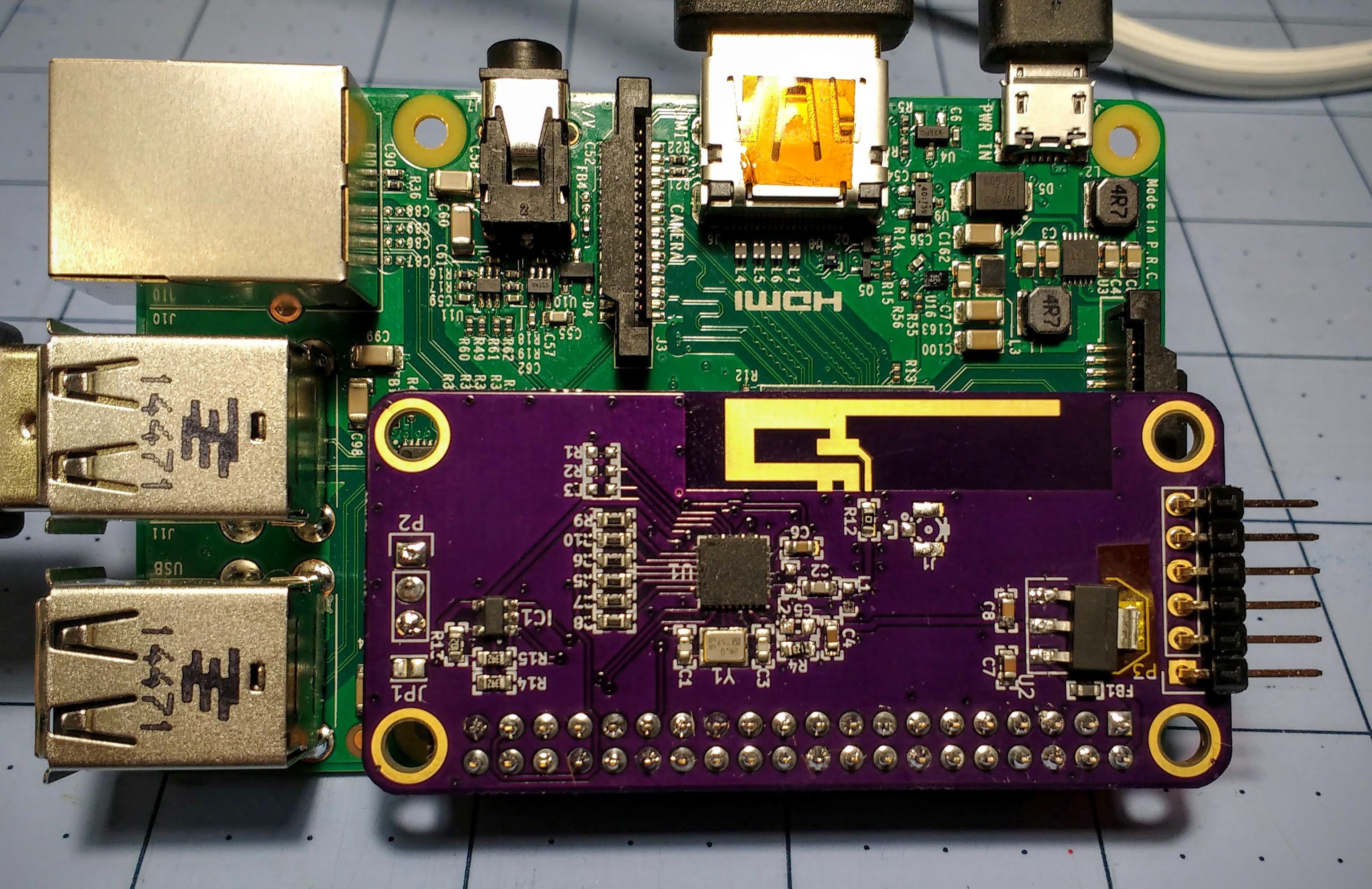
After a long battle trying to find a short on the 3.3V rail, it lives! ~40Mb/s in both directions to the nearby AP, and ~1.5Mb/s up / ~15Mb/s down to the weak AP across the house. That's way better than I expected for my first attempt at RF layout.
I ran into only one flaw in the PCB, and it's one of the classic blunders. I mistakenly routed the tab on the linear regulator to ground. The schematic symbol doesn't define the tab as a separate pin, but the symbol does. This let me get away with routing the tab to ground without angering the DRC. Tab on the AP1117 is Vout, by the way. My mistake cost me a couple of hours where I reflowed the ESP8266 a couple of times thinking the short was underneath.
I decided to use my butane hot air pencil instead of getting out the oven. I'd done this with smaller boards successfully, but this time I had a hard time getting the solder to melt, especially grounded pads and the QFN. The problem seemed to be the bathroom tile I'd been using for a work surface. My theory was that the tile was pulling too much heat from the back of the board, and to stop that loss I put a couple of layers of Kapton tape between the tile and the board as an insulator. This helped greatly, though the unregulated hot air was still tricky to work with.
 ajlitt
ajlitt
Discussions
Become a Hackaday.io Member
Create an account to leave a comment. Already have an account? Log In.
I absolutely love how this is taking shape mate - it is going to be such a useful tool for all kinds of projects. I will definitely be after one :)
Are you sure? yes | no
Looks awesome, great news on the throughput! Shows the SDIO bus should be good for even streaming HD Video!
Is the antenna tuned specifically for the ESP chip or can I rip it off and hook it up to any wifi module and it'll be OK as long as I use oshpark?
Are you sure? yes | no
Thanks!
The antenna comes from the TI DN007 appnote linked in the comments below. It's good for any small 2.4GHz application that uses a single ended antenna feed, not just ESP. In fact the appnote was intended to support customers of TI/Chipcon's 2.4GHz proprietary radios. The only board material requirement is that the copper layer it's implemented in is 1 oz copper.
The KiCad part I used came from here: https://github.com/StefanHamminga/SH_Antennas.pretty though I modified it in the latest rev to cover the entire area in solder mask. You can get this from the esp_hat.pretty library in my project in Github. Regardless there will be some antenna-related DRC errors to ignore since KiCad doesn't like that the antenna looks like a dead short to ground.
It works as well as I can expect of my first RF project. However I wouldn't slap it on a board and immediately ship it off for FCC testing. If I were to go for certification I'd plan to spend some time with a VNA to get the antenna and waveguide right, and with a spectrum analyzer and reference antenna to find the emissions pattern and any unwanted leakage.
Are you sure? yes | no
Awesome, thanks!
Are you sure? yes | no
Did you just read up on the internet about considerations for PCB antennas? Care to share some resources?
Are you sure? yes | no
[Marten Wikman] gave some awesome advice in the comments to this log: https://hackaday.io/project/8678-rpi-wifi-hat/log/28976-your-move-portland . The other resources I used for this came from Googling "pcb waveguide" and "pcb antenna" and studying some of the results.
The best resources I came across were the TI appnotes, particularly the DN007 antenna design that I ended up using (http://www.ti.com/lit/an/swru120b/swru120b.pdf), and the PCB waveguide calculator (http://chemandy.com/calculators/coplanar-waveguide-with-ground-calculator.htm). Doing similar searches in the EEVBlog forums was helpful to get a frame of reference for the details that I should be concerned about and what I shouldn't sweat.
Are you sure? yes | no
One thing I failed to mention is how forgiving the TI antenna is. It has greater bandwidth than other common pcb antennas, is reasonably omnidirectional, and the only board parameter it cares about is copper thickness.
Are you sure? yes | no
Wow, cool!
Are you sure? yes | no